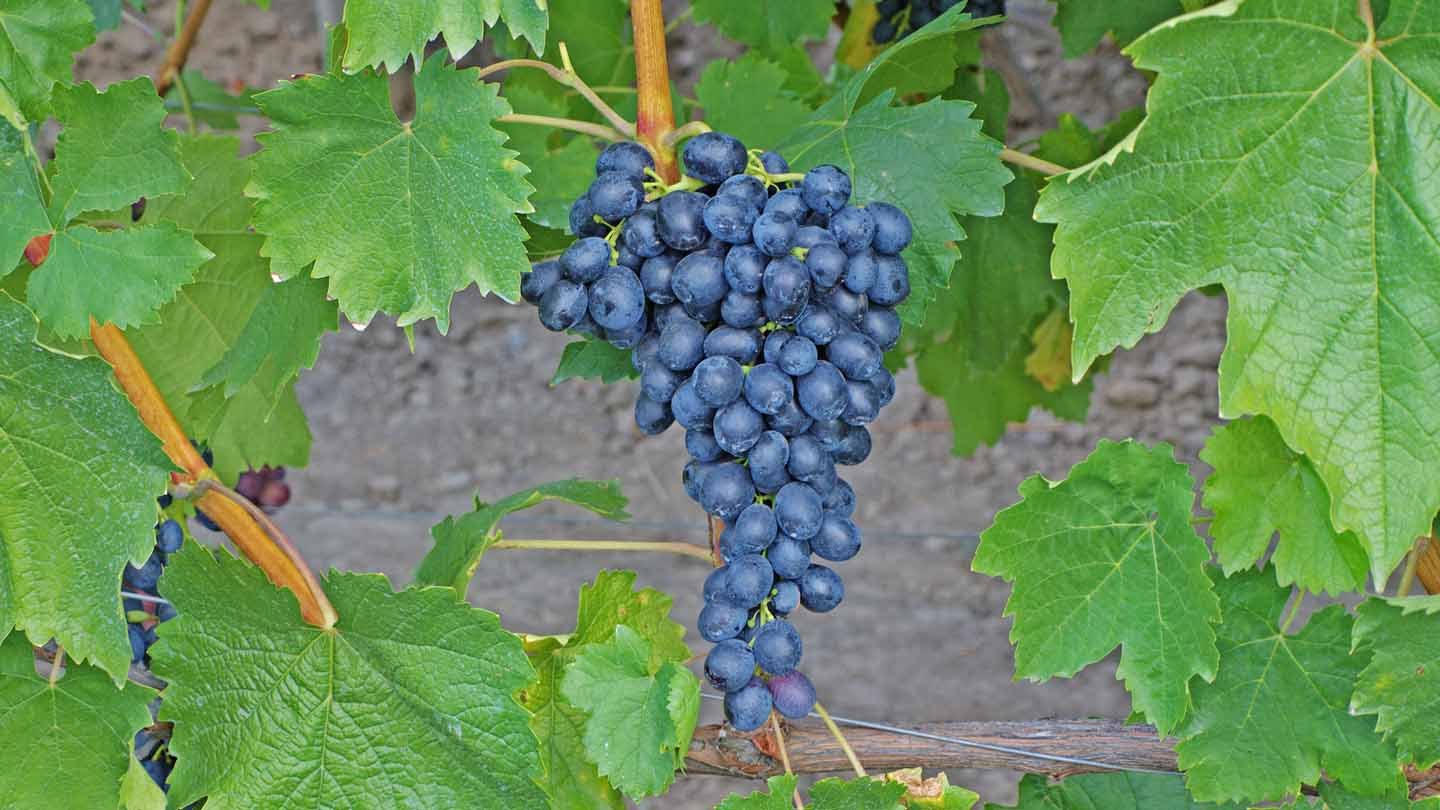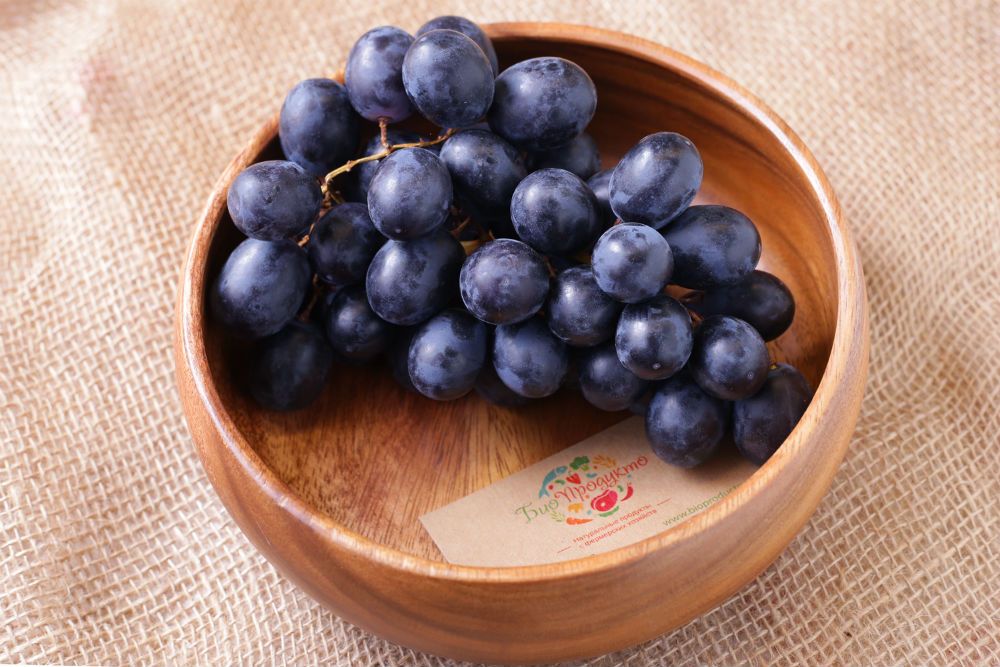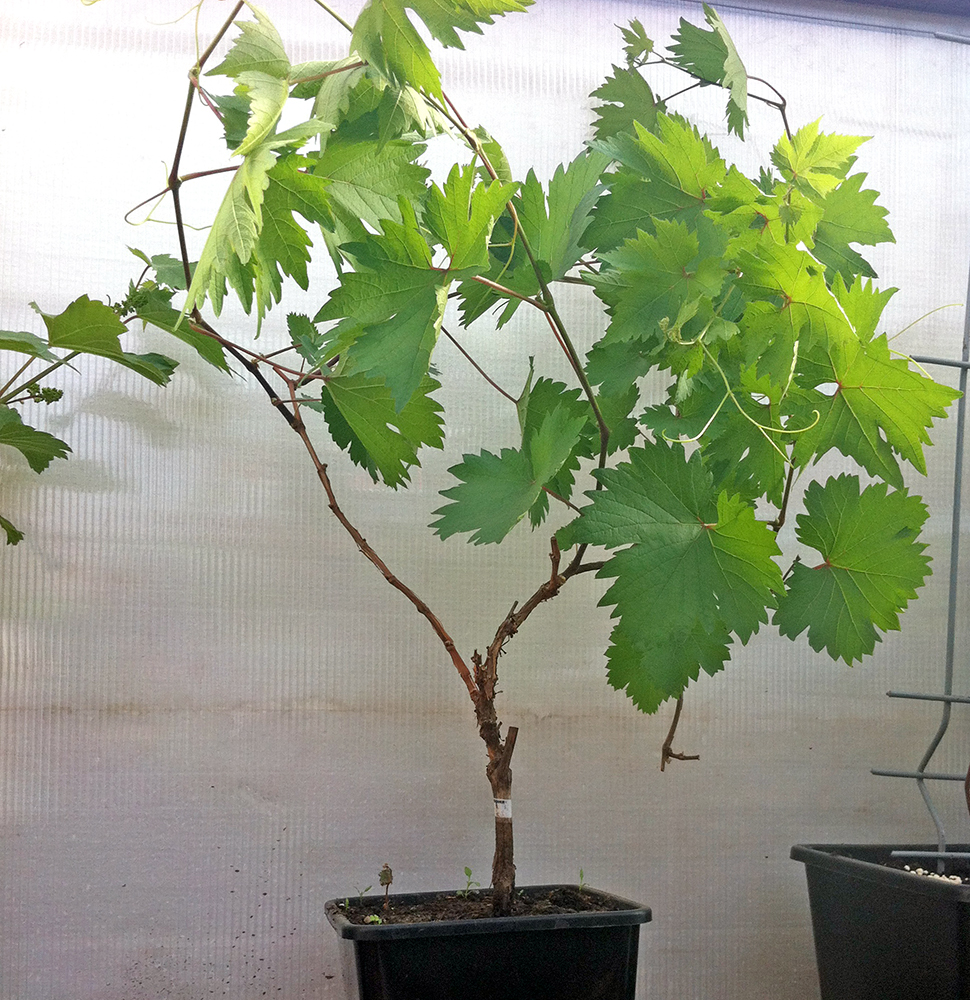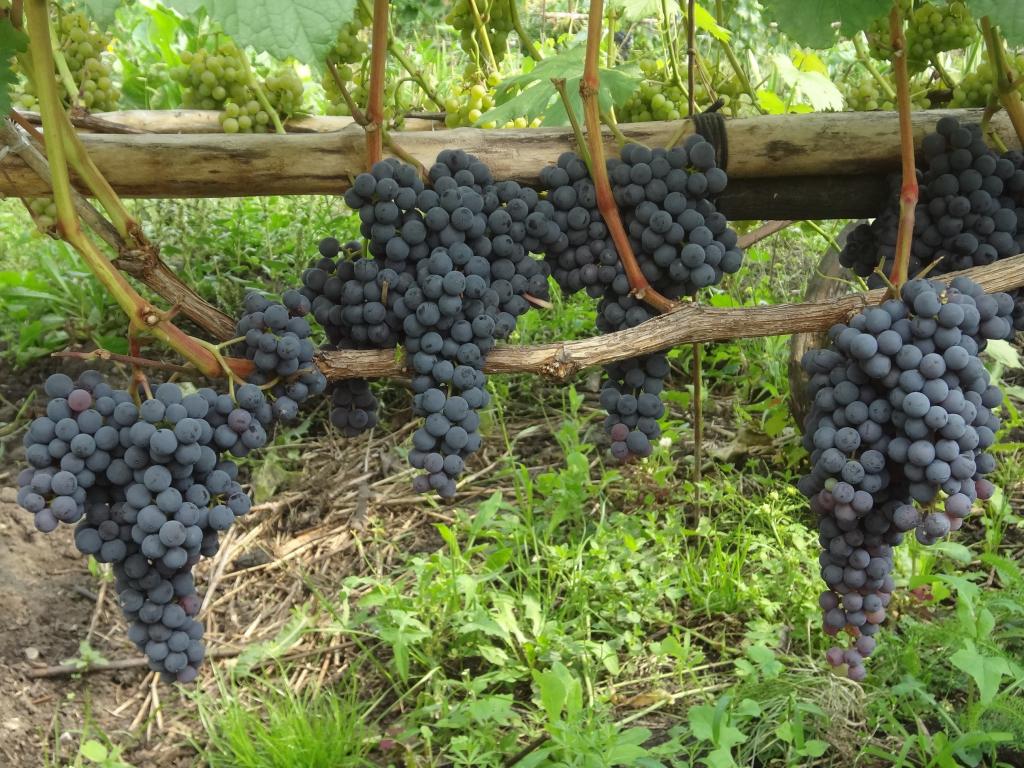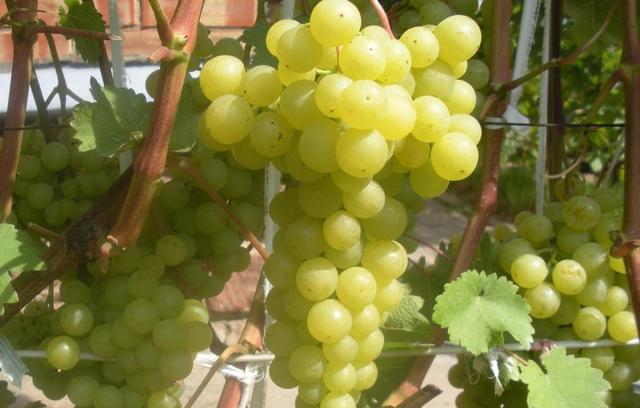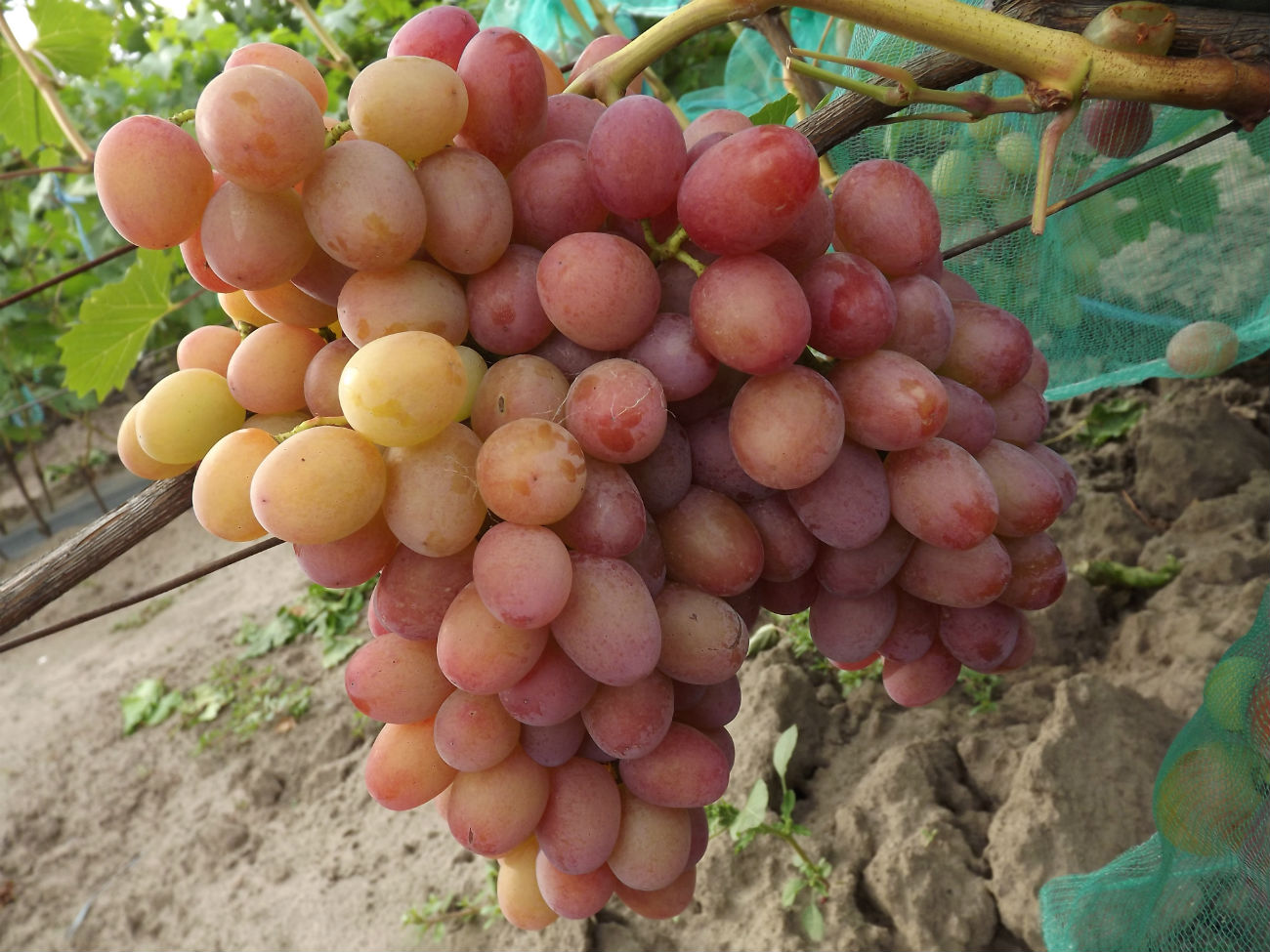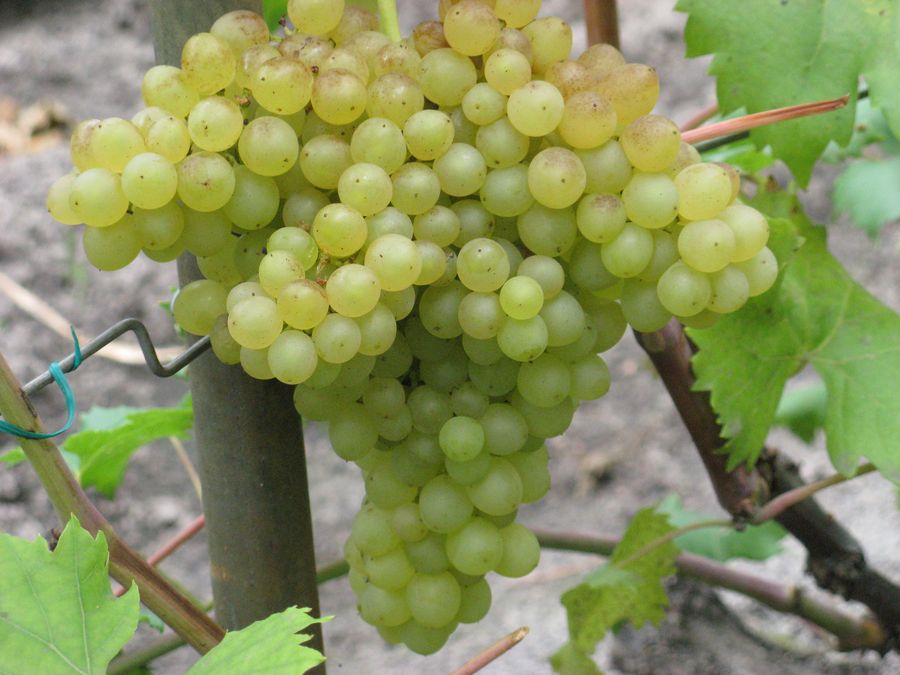Content:
The Attica grape variety was bred in 1979 by a breeder from Athens. The variety is the result of crossing such varieties as Alphonse Lavalle and Kishmish black. Suitable for growing under cover in central Russia.
general information
Viticulture originated in the Middle East about 6-8 thousand years ago. The winegrower is engaged in the cultivation of grapes. Grapes (vinograd) are both woody-stemmed plants and the sweet berries themselves, growing on woody vines. The shoots of the plant are called vines. The grapes grow in clusters. Grapes can be pitted or not. The color and shape of the berries, as well as the presence of seeds, differ depending on the variety.
Kishmish is a subspecies of grapes that do not contain seeds. Kishmish is a dessert variety that is well suited for making raisins. The advantages of the raisin subspecies are frost resistance, high yield and early ripening. The yield of many varieties of raisins reaches 2 kg. Plants tolerate frosts down to -27 ° C degrees.
The table variety of raisins is the Attica grape (Atika grape).
Description of Attica grapes
Grapes of the raisins subspecies are rich in various trace elements (vitamins, minerals, acids). Due to the high content of useful elements, raisins have a beneficial effect on the body:
- relieves nervous tension;
- has a choleretic effect;
- improves metabolism in the body;
- helps with respiratory diseases;
- reduces the risk of caries;
- useful in diseases of the cardiovascular system;
- used as a prophylaxis for osteoporosis;
- applicable to prevent anemia;
- prevents the development of kidney and liver pathologies.
Characteristics of the Attica grape variety
- Frost resistance. Plants have good frost resistance, as the vine ripens quickly along its entire length. Attica kishmish grapes endure severe frosts from -19 ° C to -23 ° C degrees. At high subzero temperatures, it requires shelter for the winter. Spruce branches, burlap, hay are used for shelter. Before sheltering, the vine should be treated with copper sulfate. The material for the shelter must be dry.
- Productivity. The fruits appear two years after planting the vines. The variety is early maturing and has a high yield: about 30 tons per hectare. The ripening period of berries from the moment the buds appear is 110-120 days. Harvested in late July - early August.
- Bloom. Lasts 1 to 2 weeks. In the inflorescence, flowers are both female and male, so that additional pollination is not required. For this reason, when planting a vineyard, it is possible to use single plantings.
- Diseases. This grape variety has a medium resistance to fungal diseases (resistant to gray rot). The bushes should not be thickened, as this leads to the rapid spread of diseases.
Despite the good resistance to all sorts of diseases, preventive spraying of the bushes cannot be neglected. As a prevention of diseases, grapes should be sprayed with fungicides twice a season.
Plant parameters
The grape of this variety has a well-developed bush with a height of about 3 meters. The shape of the berries is oval, the skin is dark blue or purple with a bloom. A characteristic feature of the Attica grape variety is the dimple at the tip.
The berries are large, their size reaches 2-3 cm. The weight of one berry varies from 4 to 8 grams.
Thanks to the densely seated stalk, the berries keep well on the bunch even after ripening. Thus, the fruits can remain on the bush until frost. Aged fruits become sweet and juicy. The sugar content of the fruit is 18%, the acidity is 5%. The bunch of Attica grapes is cone-shaped, the berries are moderately adjacent to each other. The size of the bunch in the first year of fruiting is small. An adult plant has a bunch, the length of which reaches 30 cm, and the weight varies from 700 to 2000 grams. Leaves of rich green color with pronounced veins. Leaf with 3-5 sharp ends. The upper surface of the leaf is smooth and dull, while the lower surface is soft and pubescent.
Agrotechnics
Planting seedlings
Attica grapes are planted mainly in spring or autumn. A place for planting should be selected bright and closed from drafts. The variety benefits from sunlight, and for this reason, its planting site should be on the south or southwest side. Attica is unpretentious to the soil and sufficiently hardy. Almost any soil is suitable for planting. The exception is saline or waterlogged soils. Before planting, varietal grapes (seedlings) with a height of about half a meter with a strong root having 2-3 branches, are cut off, leaving several buds. Paraffin is applied to the trimming sites. For planting, you need to prepare a hole 30-40 cm deep. Drainage (crushed stone or broken brick) and fertilized soil (phosphate or potash fertilizers are suitable) are placed at the bottom of the hole.
Before planting, the roots of the bush are dipped in a mixture of mullein and clay in a 2: 1 ratio. Then they are lowered into the holes prepared with drainage and covered with the remaining fertilized soil. You need to fall asleep before the formation of a slide. Insert a tube into the formed mound through which top dressing or watering will flow to the roots. In order to prevent the soil from drying out, mulching can be carried out (regulation of the water and air regimes of the soil around the plant with the help of mulching materials). After planting, water the bushes abundantly (4-5 buckets per bush).
Seedlings should be placed at a distance of two meters from each other.
Care
After planting, the cuttings are still weak and should be tied to pegs. The pegs are removed as they grow. Bushes will need a support, which is used as vertical supports and trellises.
Watering the seedlings should be done daily. Water the grown plants as needed. The soil under the bushes should be loosened periodically.
During the season, you need three fertilizing. Nitrogenous fertilizers are applied only immediately before flowering.
For winter, plants should be covered. Young bushes are removed from the support and bent to the ground. And for adult plants that remain on the support, a protection is made in the form of a greenhouse. They use materials such as pine needles or paws, burlap, hay.
Shelter rules for bushes for the winter:
- the material for insulation should not be made too dense;
- dry material is required for shelter;
- for better frost tolerance, the bushes need to be treated with copper sulfate.
Attica grape cuttings are suitable for rooting. It is possible to graft onto other rootstocks, since the cuttings of this variety grow well together with the rootstocks.
Tips and tricks from experienced gardeners
Basically, the reviews of summer residents about the culture are positive. The unpretentiousness of the plant and easy care of the bushes, low susceptibility to diseases are noted. Many gardeners have noticed that the taste of grapes depends on the degree of ripeness and there is no need to rush to harvest. The weather also affects the taste. The cool summer makes the berries taste bland. Summer residents recommend making compotes, grape juice, preserves and raisins from grapes.
So, the Attica grape belongs to the raisins subspecies and has all the useful properties of this subspecies. The variety is suitable for growing in Russia.
The Attica grape has both advantages and disadvantages, which are presented below.
Positive qualities of Attica grapes:
- super early;
- unpretentious to the soil;
- fruits are perfectly stored and transported;
- has a high yield;
- fruits are stored for a long time;
- sweet berries;
- fruits contain many useful substances;
- does not attract pests.
Disadvantages of the Attica variety:
- susceptible to fungal diseases;
- with high humidity, the fruits deteriorate;
- the plant is prone to fruit overload;
- a lot of heat and light is needed.
Thus, the Attica grape variety is both a set of vitamins with trace elements, and a wonderful dessert for those who do not really like the sugary-sweet varieties of this culture, as well as a home doctor who will help his owner and his family to have excellent health.
